3D Printing in Popular Culture
As a testament to how popular 3D printing has become, its technology has found its way to popular culture. Just like any other novel piece of technology, 3D printing has featured prominently in some films or video games as plot devices. As fictional works tend to do, however, there are some artistic liberties in how 3D printing is depicted.
Which films and video games have featured 3D printing? Is 3D printing depicted accurately or is there even a single piece of work that gets it right? Do these works of fiction present something we can look forward to when 3D printing becomes more advanced?
Ocean’s Eight
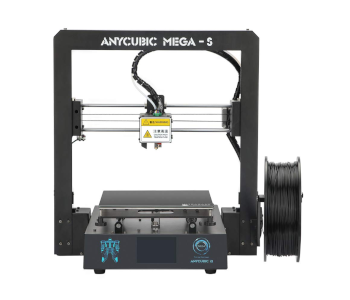
One of the most egregious uses of 3D printers in film is the relatively recent Ocean’s Eight, a spin-off heist film led by an all-female cast. The object of the heist is the Toussaint, a Cartier necklace worth $150 million.
Part of the plan is to replace the Toussaint with a replica to make the heist less easily detected. To do this, the team 3D scans the original Toussaint.
The next part is where things get dicey. To create the replica, the team uses a 3D printer. As depicted in the film, the team uses a 3D printer that seems to run on Filament Deposition Modeling (FDM) technology. As 3D printing professionals know, FDM printers are very limited with regards to the resolution of models they can recreate. Producing a convincing model of a high-end piece of jewelry using an FDM printer is already outside the realm of possibility.
The next piece of artistic liberty comes in the type of material used to create the replica. According to the team, the Toussaint replica is made of 3D printed cubic zirconia. This is a crystalline form of zirconium dioxide often used as an inexpensive replacement for diamond. That said, the difference between cubic zirconia and real diamonds is pretty obvious to the trained eye.
The more unrealistic aspect of this whole process is the fact that the team can use an FDM printer to print with cubic zirconia. This is NOT a material that can be reshaped based on a digital model. In fact, cubic zirconia isn’t even a viable material for any type of additive manufacturing.
If we’re going to try to make this heist strategy more realistic, then we’ll simply have to replace cubic zirconia with a more suitable material. While several 3D printing filaments are branded as “glass filaments,” none of these can properly simulate the optical properties of glass.
Detail-wise, there is a better chance that the team could make a realistic replica using resin-based printing techniques, such as SLA. These are capable of reproducing the very precise details needed to fool viewers that they were looking at the real Toussaint. Regardless of the technology, a convincing replica will require heavy post-processing – there’s simply no way to produce a print at the quality depicted in the movie fresh off the 3D printer.
The Cloverfield Paradox
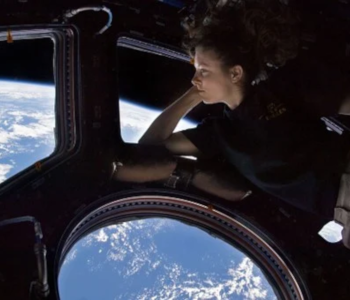
3D printers feature less prominently in The Cloverfield Paradox, a science fiction film about a space station seemingly caught in a parallel universe. In one of the tenser moments of the film, the station’s Russian scientist breaks down threatens the crew with a 3D-printed gun.
Time and space hijinks aside, the 3D printing aspect of this film is closer to reality than usual. 3D printers are already considered important equipment in space travel. Having a 3D printer onboard is more practical and logistically simpler than carrying a full array of hand tools, some of which may not even be needed.
3D printing in space was the primary objective of NASA’s “Made in Space” program. It took three years of technology development and testing to design an FDM-based 3D printer that can work in zero gravity. A pilot test of this 3D printer has already been done in 2014, successfully creating a ratchet wrench in space.
So far, 3D printing in space has been limited only to using plastic filament. Moving forward, the goal of NASA is to create a 3D printer that can create metal tools. Ultimately, it would be great if a large-scale 3D printer can be created that can turn Martian or lunar dust into a habitat fit for humans.
Given the current limitation, the concept of 3D-printed guns is very much already a reality. In The Cloverfield Paradox, the gun wielded by the scientist seemed to be made from plastic. Right now, there is already an underground community of gun enthusiasts who distribute 3D models for guns that can be reproduced using 3D printers.
The concept of 3D printed guns is already considered one of the more controversial issues surrounding 3D printing technology. It creates a risk that lethal firearms could end up in the hands of people who would be unqualified to own guns. The online distribution of gun models has also proven to be a completely new frontier of gun control.
Within the setting of the film, it is not unreasonable for a space station to have an onboard 3D printer capable of printing a firearm and ammunition. The most unconvincing aspect of this plot device is that there’s probably no good reason for the 3D printer database to have a model for a gun – after all, the objective of the space station was merely to generate power using a particle accelerator. Given the psychological state of the Russian scientist, it was also unlikely for him to have come up with a 3D model from scratch.
Jurassic Park 3
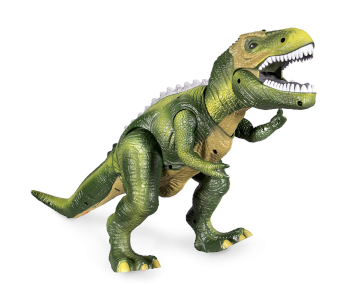
Now, let’s take a look at a classic. Jurassic Park 3 was one of the earliest films to ever feature a 3D printer. In one scene, the assistant of famous paleontologist Dr. Alan Grant demonstrates how 3D printers can recreate the larynx of a velociraptor based on existing fossil models. Later on, the velociraptor larynx proves to be useful when the group of heroes is surrounded by velociraptors.
The actual 3D printing process is not shown in the film – just the finished product and an explanation of how it works. From what little we see, the 3D printer they use has a print head moving along a gantry, just like an FDM printer. However, the finished velociraptor larynx has a very complex geometry that would certainly have needed heavy use of support structures. This is not depicted in the film, as the finished print comes out perfectly fresh off the 3D printer.
In terms of function, the velociraptor larynx model was basically a whistle. 3D printed objects are certainly capable of replicating the mechanism that produces sound from a gust of air. In fact, models for 3D printed whistles are quite common.
As far as realism goes, this scene in Jurassic Park 3 probably comes closest to the reality of 3D printing technology today. The larynx model shown in the film can certainly be recreated even just using a desktop 3D printer. For brevity’s sake, the film just simplified the 3D printing process, but we imagine a scene showing a print being sanded and polished would end up on the cutting floor.
Mission Impossible 3
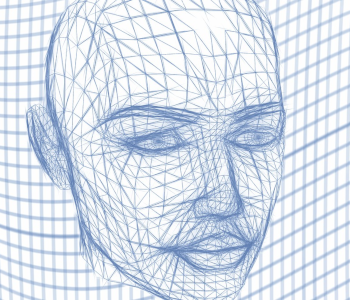
We’re moving from the realistic to the ridiculous. In Mission Impossible 3, field agent Ethan Hunt of the IMF has to go undercover as their adversary, Owen Davian. To achieve this, a bust is recreated from a facial scan of the Davian. A compound is then sprayed on this bust which seemingly solidifies as the flexible material typical of the masks that have become a mainstay in this franchise.
Anyone with any 3D printing knowledge would know how unrealistic this portrayal is. The most believable aspect of this scene is the process of creating a rigid bust from a 3D facial scan. This is certainly doable even with the FDM or SLA 3D printing technology that we have today.
Realism falls off the rails with the actual mask-making part. First off, all 3D printing materials use plastic that becomes rigid when fully formed. Even the most flexible 3D printing material, TPU or TPE, is far from flexible enough to be used as a full-face mask. Based on the scene, the finished mask seems to be made of latex or silicone, both of which cannot be used in 3D printers.
Right now, there is simply no way to create a convincing, hyper-realistic mask using a 3D printer. Not only are there material limitations, but the skin pigmentation needed to create a mask of this quality is likely going to take hours of work even for a skilled artist.
However, it would be unfair to pile on all criticisms of being unrealistic on how this film has depicted 3D printing. The truth is that the very concept of hyper-realistic latex masks is already unrealistic. There is simply no way for a simple latex mask to convincingly simulate facial movements. After all, there’s a reason why Hollywood stars need to spend several hours in the makeup room for roles that require heavy makeup and prosthetics.
Death Stranding

In this 2019 video game by Hideo Kojima, you play the role of a porter tasked with delivering goods in a future version of the USA where society has been fragmented. Because of the eponymous Death Stranding event, the country has now been divided into cities and silos that do not interact with each other. The objective of the game is to reconnect the country by hooking up these people and cities to a central “chiral network.”
One benefit of being connected to the chiral network is that the facilities in one city can be used to 3D print essential supplies and gear. This is how the central character, Sam Bridges, can use each city and prepper facility as a re-supply point.
Sam Bridges can also bring along a Portable Chiral Constructor (PCC). This is essentially a printing device the size of a suitcase that can be used to create bridges and watchtowers when out in the field. This can provide the protagonist a way to navigate tricky terrain or gain reconnaissance on an enemy camp.
While creating a 3D printed tower using equipment you can strap on your back is definitely outside the realm of possibility, we like how the game emphasizes the ease of sharing 3D printing data. Once a facility is connected to the chiral network, it gains the ability to recreate any of the gear that you have discovered so far. This is much like sharing 3D printable models online, or how the 3D printer aboard the International Space Station can receive models from the Earth.
The game doesn’t specify exactly how the 3D printing technology works. The finished projects sort of just appear after a few seconds. To be fair, there isn’t really any attempt to make the setting of the game grounded in reality. It does, after all, take place at an indeterminate point in the future and involves souls trapped in a sort of quasi-dimension between the real world and the afterlife.
Final thoughts
It’s certainly a good sign for the 3D printing industry that 3D printers are making big-budget films and video games. As far as realism goes, however, popular culture doesn’t exactly do a good job of portraying the actual capabilities of 3D printers. This is something we’ll just have to chalk up to Hollywood magic.
In most cases, 3D printers provide a convenient way of making an object appear out of nowhere. While technically close to the truth, what these fictional works fail to mention is that this is a process that can take more than a dozen hours and require heavy post-processing work.

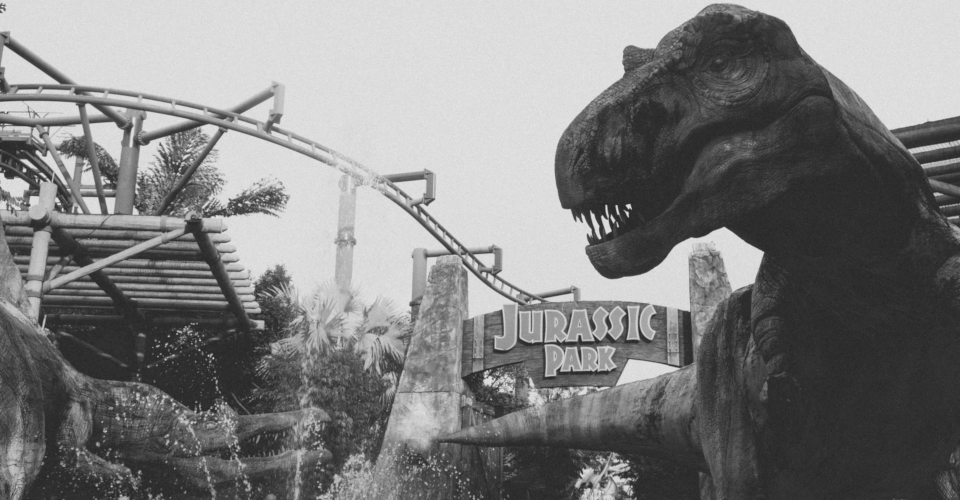

Well written! It is really now a matter of time to see the printing industry to the top position around the world. Printing press really changed the world and made everything easy to access!